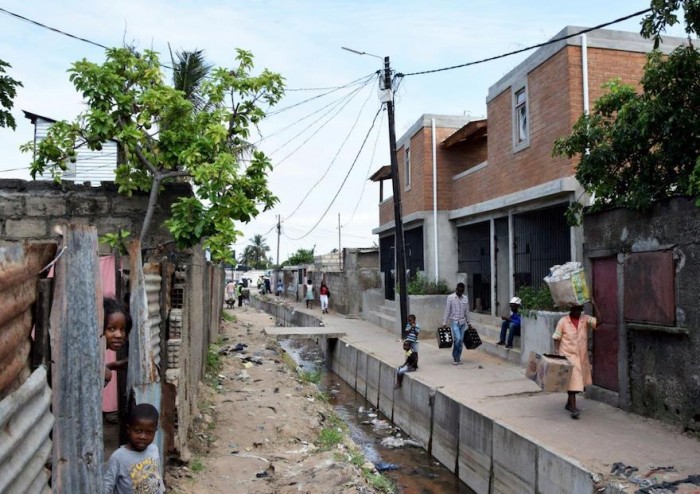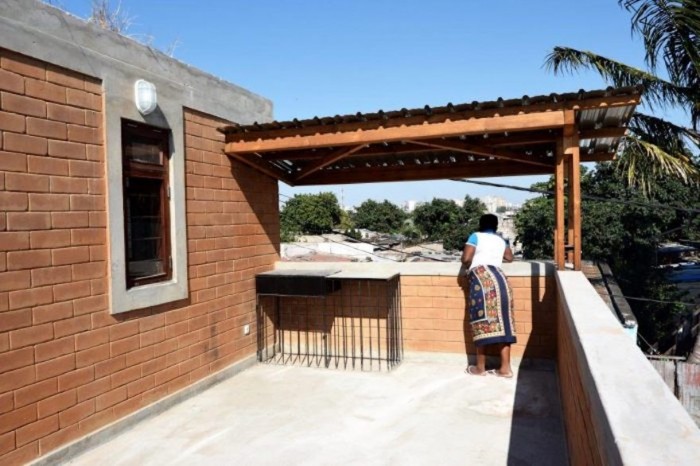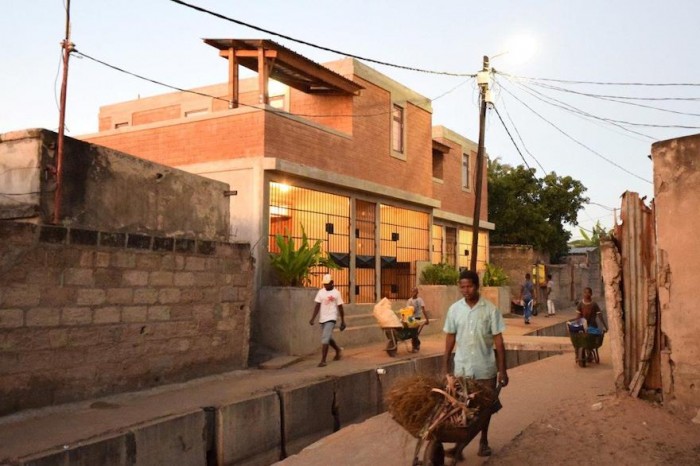Earlier this year, The Conversation asked four urban planners to speak on their favourite cities around the world. One mentioned Cuba, another Rotterdam, while Tokyo in Japan was also chosen alongside Maputo.
Asked on her choice of the latter, Vanesa Castán Broto, a professorial fellow at the University of Sheffield said this was because the Mozambican city reveals how contemporary cities go beyond that absurd dichotomy of the “formal” and “informal” city.
She said that in Maputo, city managers talk of the separation between a “city of concrete” – the old colonial city, designed by the Portuguese – and the “city of reed” – the neighbourhoods, where most of the population live. She added: "The latter often lack basic infrastructure such as water, sanitation and electricity."
To put things into perspective, Maputo has a population of more than 2.5 million (growing at a rate of about 5 per cent annually) with approximately 80 per cent of the them living in informal settlements.
It is in these informal settlements where the Casas Melhoradas project is trying to not only help provide affordable housing but to also increase the quality of these homes in the process.
The project is being carried out by the Institute of Architecture, Urbanism & Landscape, at The Royal Danish Academy of Fine Arts Schools of Architecture, Design and Conservation; the Mozambican NGO Estamos and Architects without Borders, Denmark.
As Johan Mottelson, an architect working on the project explains: "Recent developed settlements are far from the center of the city where the jobs are, causing an increasing pressure to find housing near the center, which can only be done by increasing the urban density within the built up urban fabric. There is limited experience with high densities in the informal settlements, as multi-story construction is expensive. However, the demand for centrally located space cause increasing land prices, providing the economic framework for urban densification through multi-story construction in the informal settlements."
What the Casas Melhoradas project has been doing is developing housing prototypes that consist of a low-rise, high-density, row-houses where one plot that would otherwise house a single family now accomodates up to six families.
Mottelson said that all homes have small private outdoor areas with kitchens, as cooking is largely an outdoor activity in the informal settlements of Maputo due to the use of charcoal. On the ground floor, the kitchens are placed on the verandas next to the street, adding a semi-private transition zone between the public and private.
The homes have small common courtyards with shared facilities as well as a green roof where an additional floor could be added should more people need places to live in the area.
"Furthermore, the evaporation from the roof improves the indoor climate in the dwellings. The project was built using locally produced compressed earth blocks. Thereby, the energy consumption in the construction process was reduced while adding the same red colour tone of the local soil to the project," he said.
You can find more information about the project here: www.casasmelhoradas.com
More on affordable housing:
Alejandro Aravena's low-cost housing solutions









